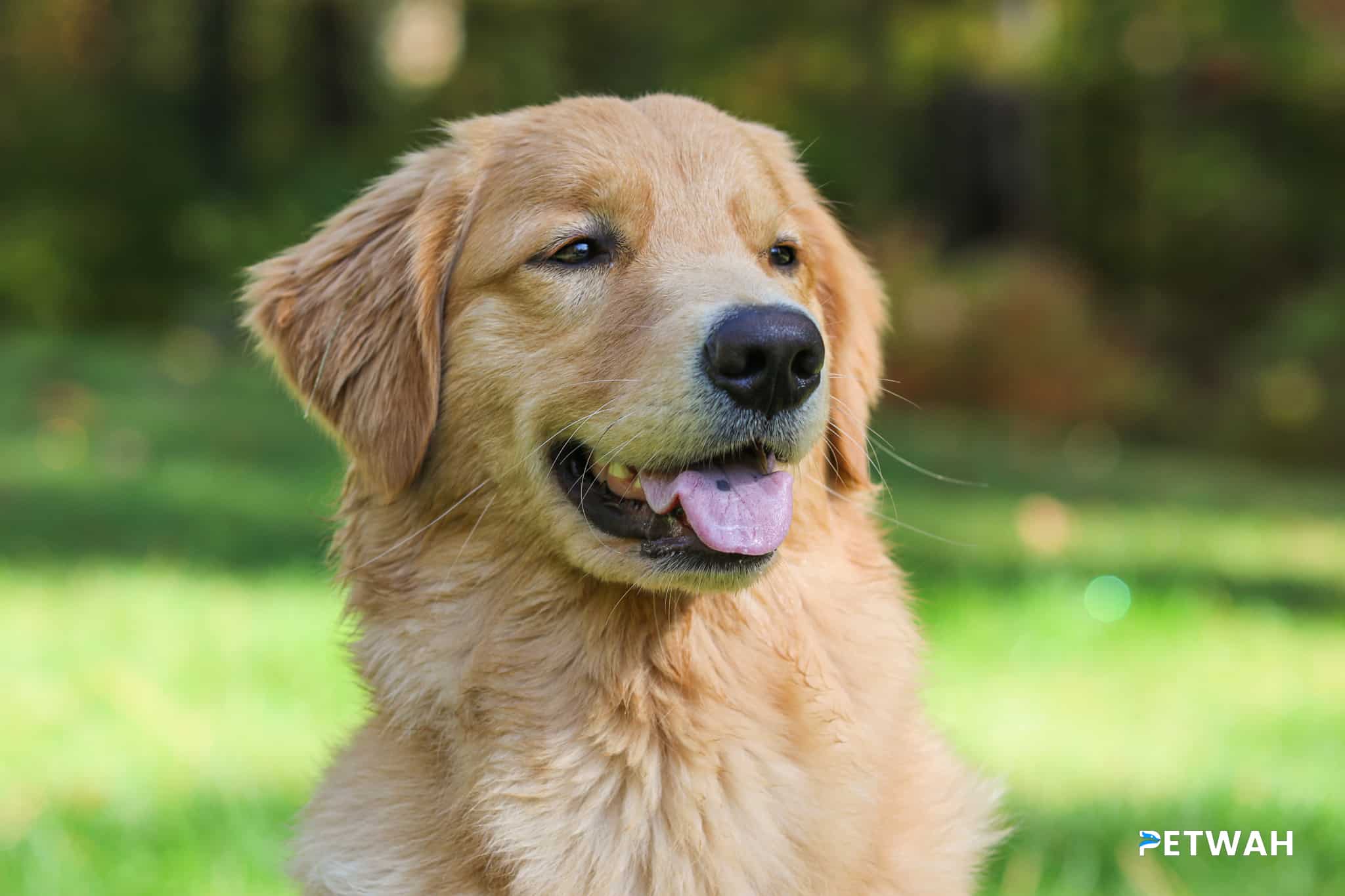Golden Retrievers are one of the most beloved dog breeds around the world. They are loyal, friendly, and make great family pets. However, these beautiful creatures are prone to hip and elbow dysplasia, a genetic disorder that affects their joints. Hip and elbow dysplasia can cause pain, discomfort, and even lead to mobility issues in your furry friend. As a responsible pet owner, it’s important to take measures to prevent this condition from developing. In this comprehensive guide, we’ll provide you with top tips and strategies to prevent hip and elbow dysplasia in your Golden Retriever, so you can enjoy your time with your furry friend for years to come.
Hip and elbow dysplasia is a common health problem for Golden Retrievers, and it can be very painful and debilitating for them. However, there are several things that you can do as a pet owner to prevent this condition from developing in your Golden Retriever. Here are some top tips for preventing hip and elbow dysplasia in Golden Retrievers.
1. Choose a reputable breeder
One of the most important things you can do to prevent hip and elbow dysplasia in your Golden Retriever is to choose a reputable breeder. A good breeder will screen their breeding dogs for hip and elbow dysplasia and other genetic health problems before breeding them. They will also be knowledgeable about the breed and be able to provide you with information about the health history of your puppy’s parents and grandparents.
2. Keep your Golden Retriever at a healthy weight
Being overweight puts extra strain on your Golden Retriever’s joints, which can increase their risk of developing hip and elbow dysplasia. Make sure you feed your Golden Retriever a healthy and balanced diet, and monitor their weight regularly. If your Golden Retriever is overweight, talk to your veterinarian about a weight loss plan.
3. Give your Golden Retriever regular exercise
Regular exercise is important for keeping your Golden Retriever’s muscles and joints strong and healthy. However, it’s important to choose low-impact activities that are gentle on their joints, such as walking, swimming, or playing fetch on soft surfaces. Avoid high-impact activities like jumping, which can put extra strain on their joints.
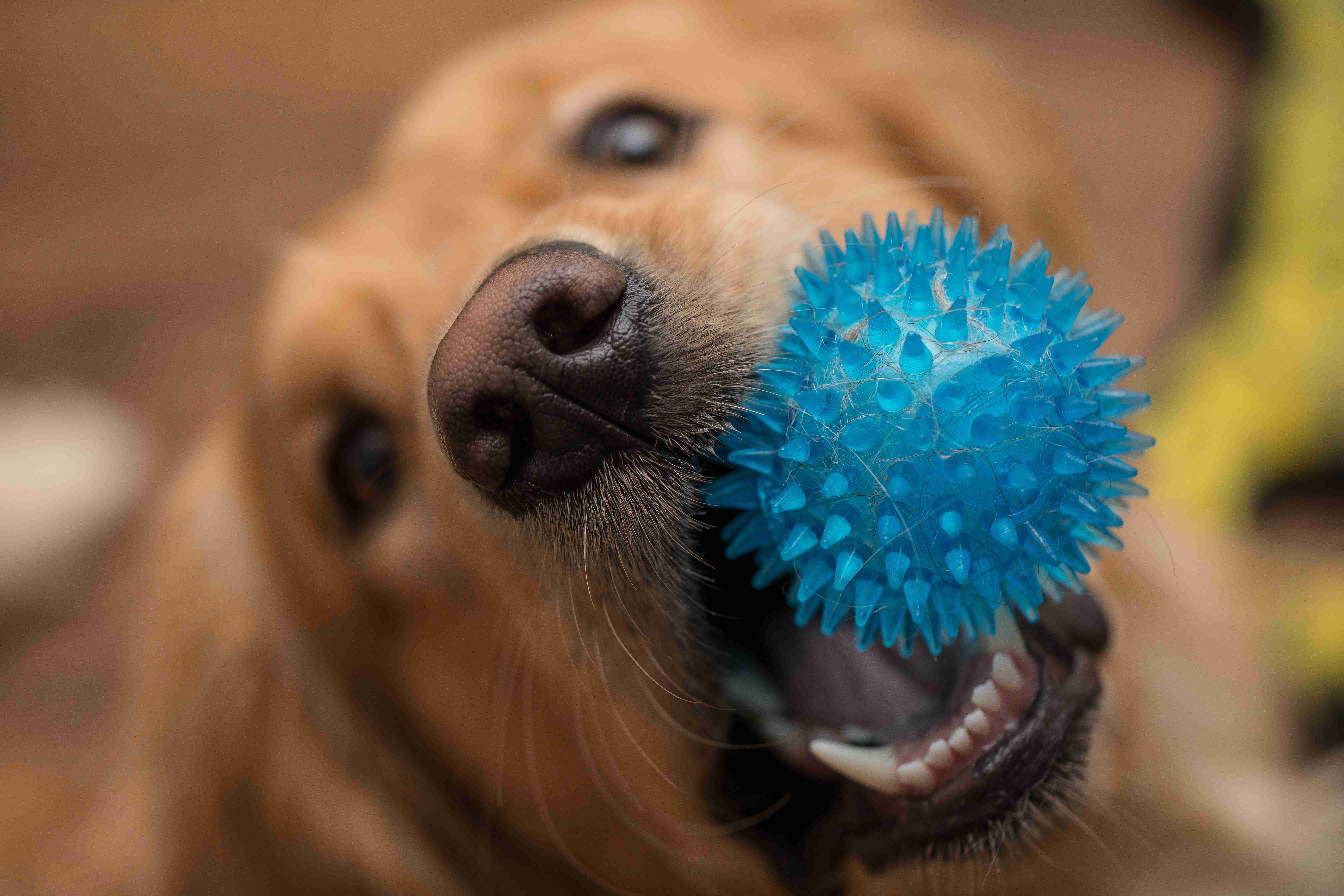
4. Provide your Golden Retriever with a comfortable and supportive bed
A comfortable and supportive bed is important for your Golden Retriever’s joint health. Make sure you choose a bed that provides good support for their joints, such as an orthopedic bed. You can also add extra padding to their bed to make it more comfortable.
5. Consider supplements and medications
There are several supplements and medications that can help support your Golden Retriever’s joint health, such as glucosamine, chondroitin, and omega-3 fatty acids. Talk to your veterinarian about whether these supplements or medications would be appropriate for your Golden Retriever.
6. Watch for signs of hip and elbow dysplasia
Even with the best preventative measures, some Golden Retrievers may still develop hip and elbow dysplasia. Watch for signs of this condition, such as limping, difficulty getting up or lying down, or reluctance to climb stairs or jump. If you notice any of these signs, talk to your veterinarian as soon as possible.
preventing hip and elbow dysplasia in Golden Retrievers is all about taking a proactive approach to your dog’s health. By choosing a reputable breeder, keeping your Golden Retriever at a healthy weight, providing them with regular exercise, a comfortable bed, and supplements or medications as needed, you can help keep their joints healthy and pain-free. And by watching for signs of hip and elbow dysplasia, you can catch this condition early and get your Golden Retriever the treatment they need to stay healthy and happy.
In conclusion, hip and elbow dysplasia are serious conditions that can affect the health and well-being of your Golden Retriever. However, with proper care and attention, it is possible to prevent these conditions from developing or worsening. By following the tips and guidelines outlined in this comprehensive guide, you can help ensure that your furry friend remains healthy, happy, and active for years to come. Remember, prevention is always better than cure, so take the time to educate yourself and implement these strategies as early as possible. Your Golden Retriever will thank you for it!



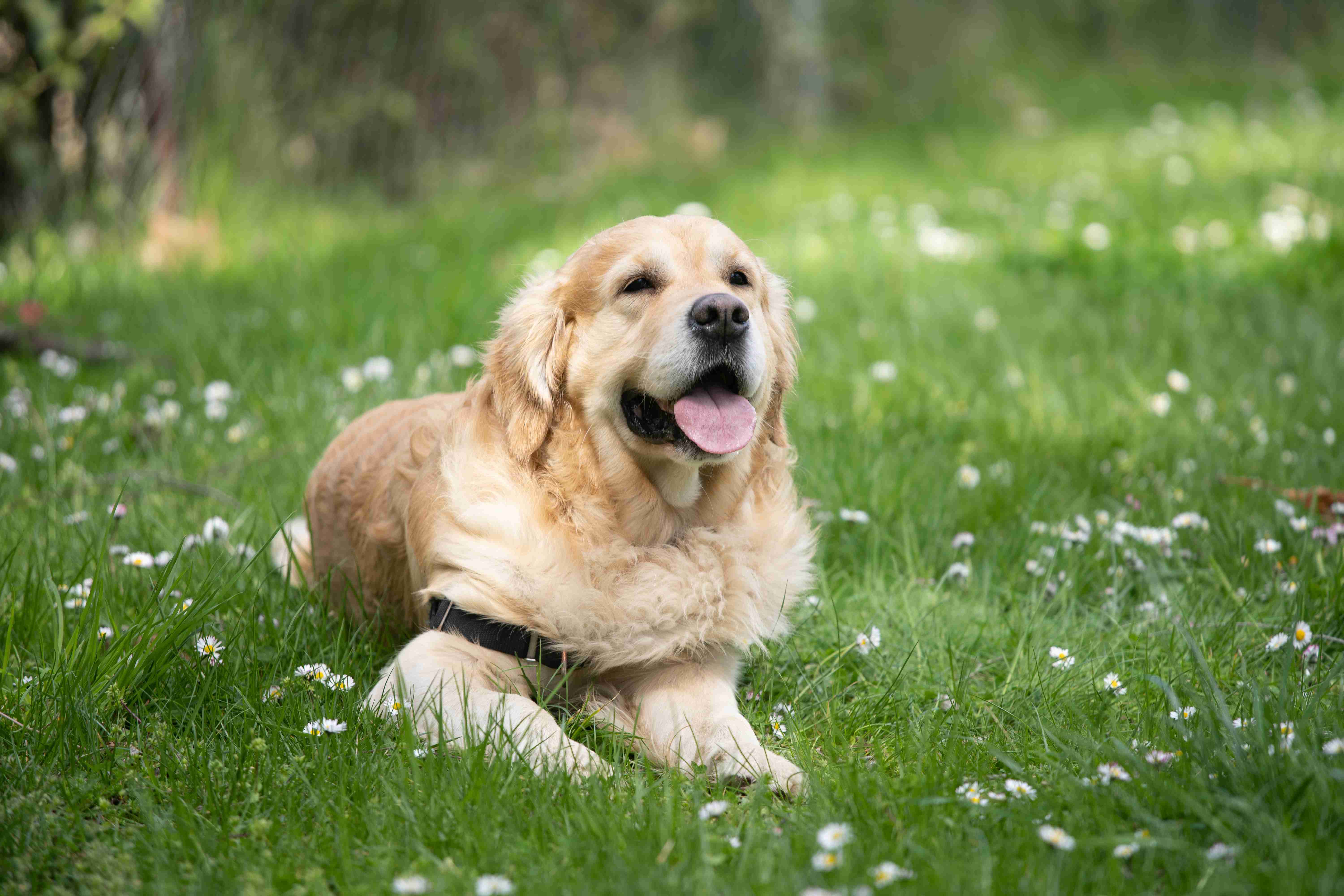
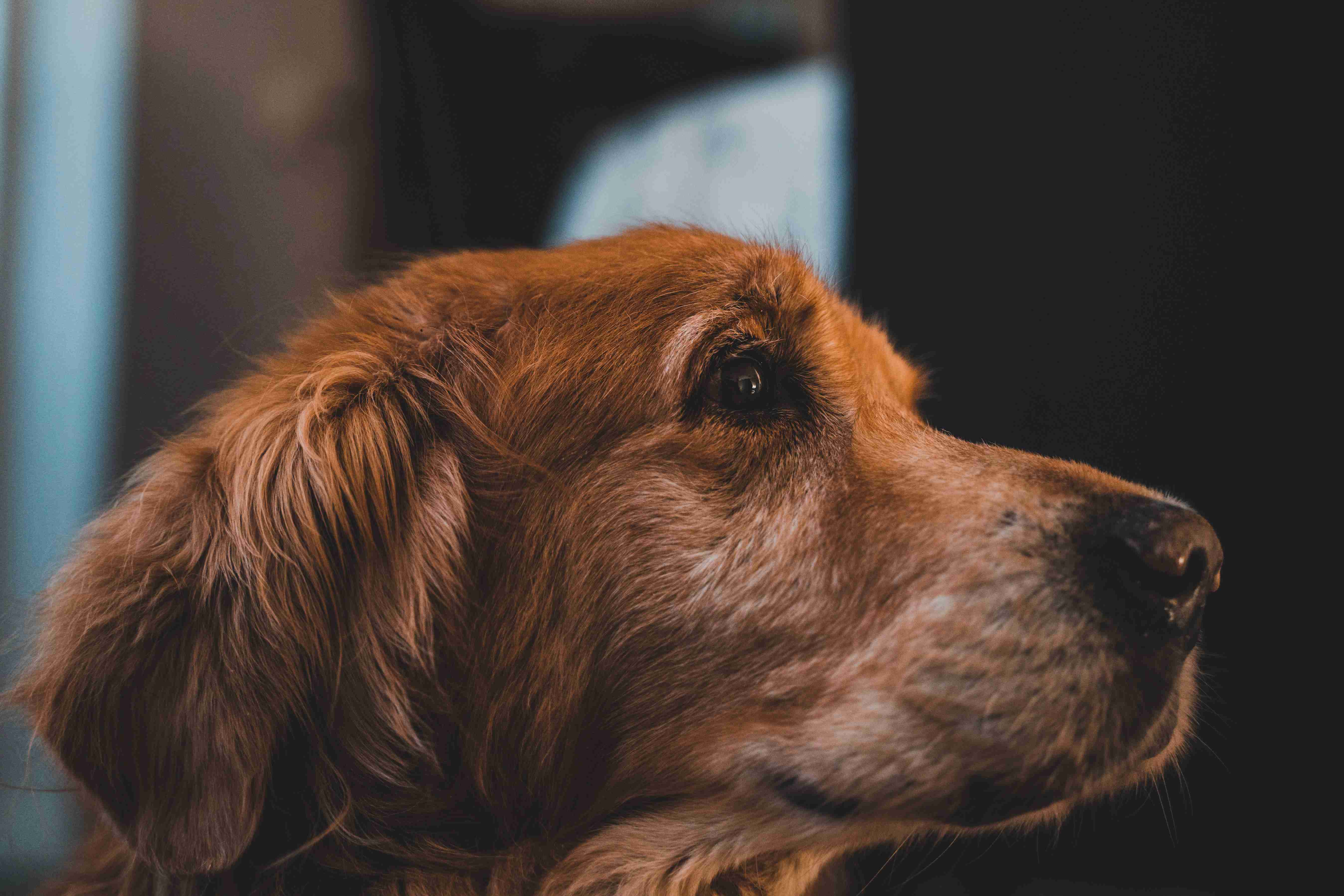

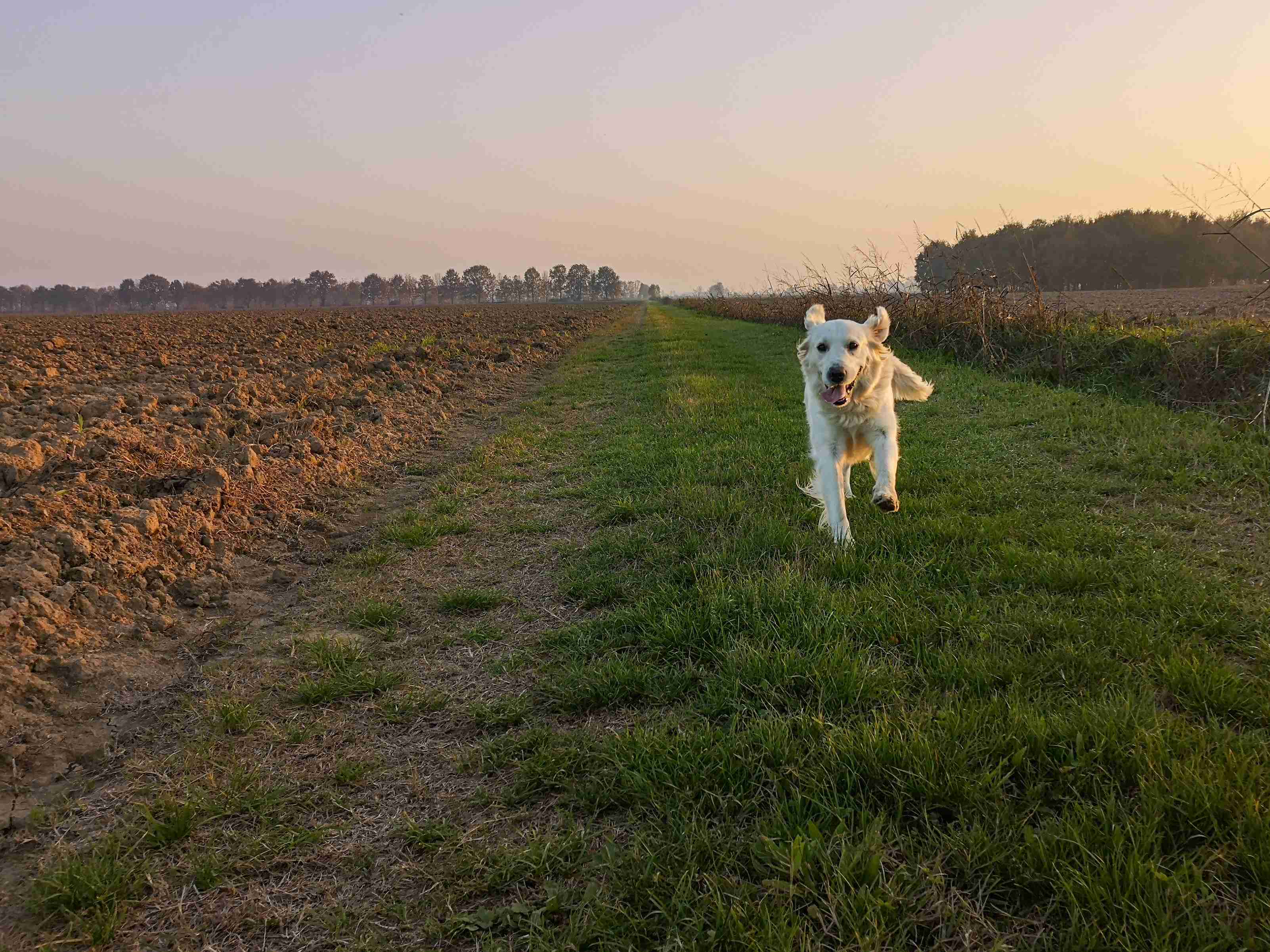
.jpg)
